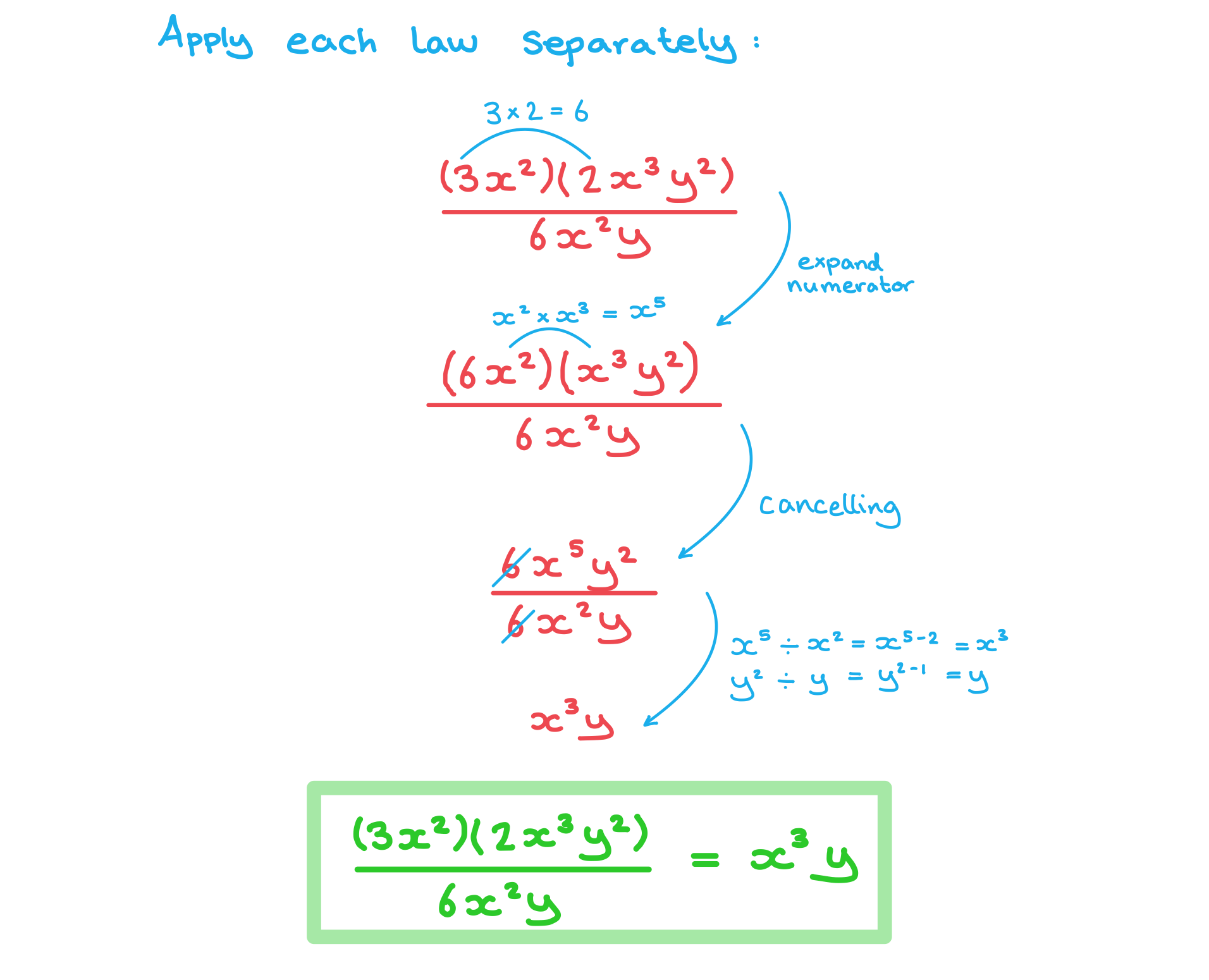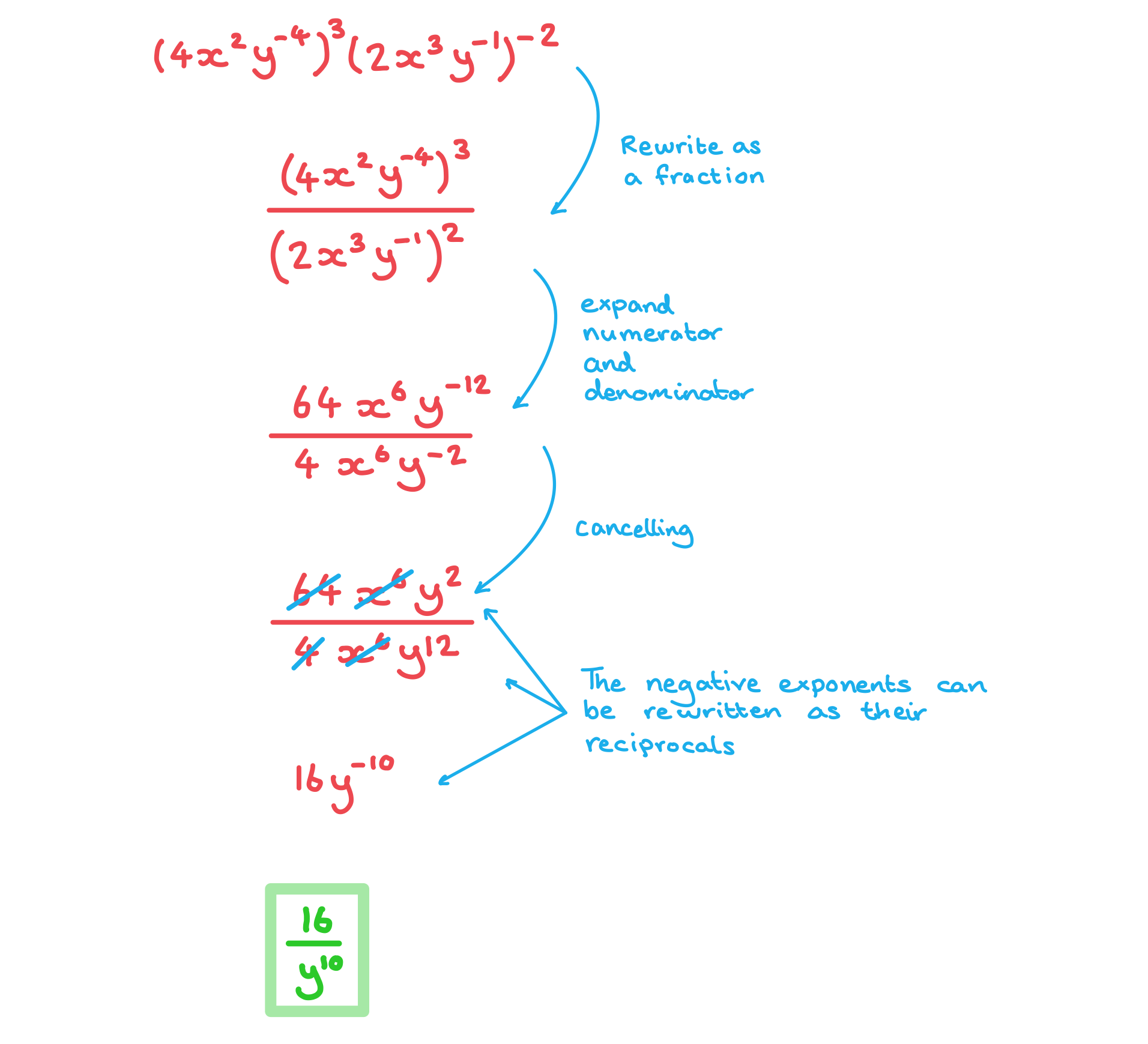Laws of Indices (DP IB Applications & Interpretation (AI)): Revision Note
Did this video help you?
Laws of Indices
What are the index laws?
The index laws that you need to know are:
Examiner Tips and Tricks
The index laws are not in the formula booklet so you must remember them!
Examiner Tips and Tricks
For AI SL, you do not need to know about fractional indices (for HL you do).
How do I change the base?
Index laws only work with terms that have the same base
cannot be simplified using index laws
You can sometimes rewrite a base as a power of another base
The
changes to
This is called changing the base
It can now be simplified using index laws
Worked Example
Simplify the following expressions:
i)

ii)


Unlock more, it's free!
Did this page help you?